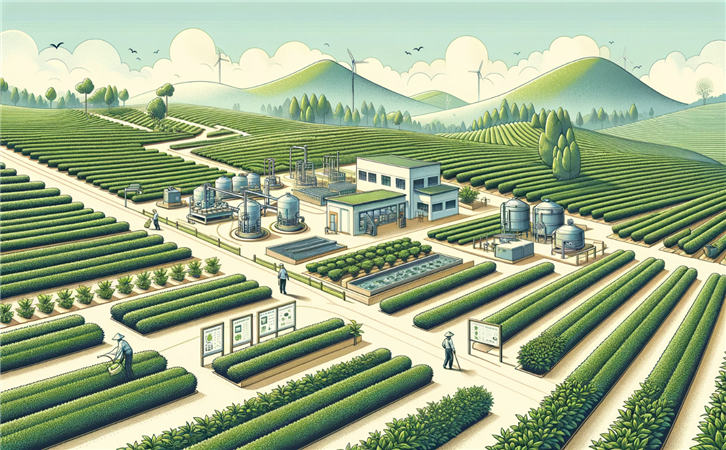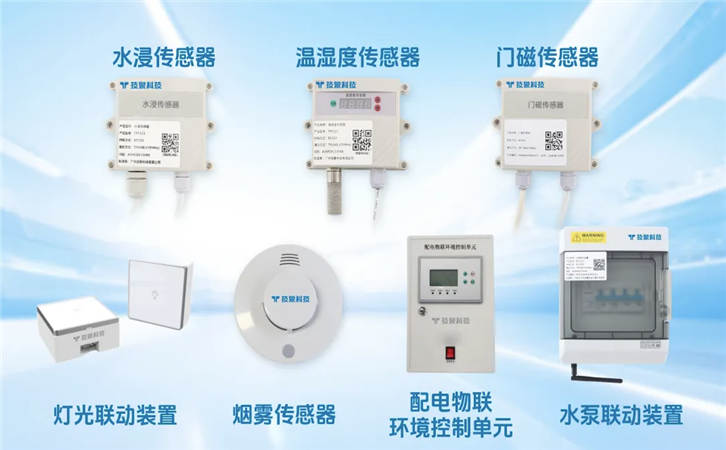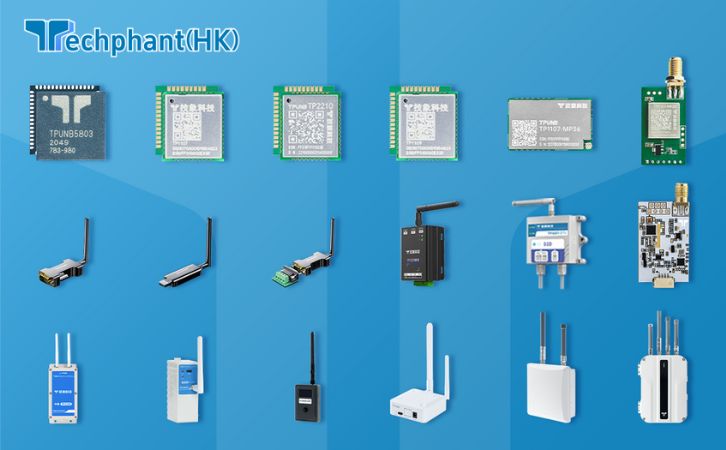The Internet of Things (IoT) continues to reshape agriculture, driving innovation and enabling farmers to address challenges like food security, climate change, and resource scarcity. By integrating sensors, connectivity, and advanced analytics, IoT systems are evolving rapidly, introducing new capabilities that enhance efficiency and sustainability. Emerging trends in IoT for agriculture are pushing the boundaries of smart farming, leveraging cutting-edge technologies to optimize operations and transform traditional practices. This article explores four key trends: integration with drones and satellite imagery, blockchain for supply chain transparency, AI-driven predictive models, and edge computing for real-time processing.
I. Integration of IoT with Drones and Satellite Imagery
The combination of IoT with drones and satellite imagery is revolutionizing large-scale agricultural monitoring, providing farmers with high-resolution, real-time data across vast areas.
- Applications: Drones equipped with IoT sensors, such as multispectral cameras and thermal imagers, monitor crop health, detect pest infestations, and assess soil conditions. For example, a drone with an IoT-enabled NDVI sensor can scan a 100-hectare field in minutes, identifying areas of stress that require intervention. Satellites, integrated with IoT platforms, provide broader coverage, tracking weather patterns and crop growth across regions. Companies like Planet Labs use satellite data to deliver daily imagery, which IoT systems process for actionable insights.
- Benefits: This integration enables precision agriculture at scale, reducing the need for manual inspections. Drones can cover difficult terrains, while satellites provide data for remote or large farms. According to a 2023 study, drone-based IoT monitoring increased crop yields by 10–15% in large-scale farms by enabling targeted interventions. The combination also supports variable rate application (VRA) of inputs like fertilizers, optimizing resource use.
- Challenges: High costs of drones and satellite subscriptions can be prohibitive for smallholder farmers. Data processing requires robust IoT platforms and technical expertise, which may not be available in rural areas. Additionally, regulatory restrictions on drone usage in some regions can limit adoption.
- Use Case: In Brazil, soybean farmers use IoT-enabled drones to monitor pest activity, integrating data with satellite imagery to predict infestations, reducing pesticide use by 20% while maintaining yields.
This trend is making large-scale monitoring more accessible, enabling farmers to manage expansive fields with precision and efficiency, though affordability remains a key barrier.
II. Blockchain for Transparent Supply Chain Management
Blockchain technology, when integrated with IoT, is emerging as a powerful tool for ensuring transparency and traceability in agricultural supply chains, addressing consumer demand for ethical and sustainable products.
- Applications: IoT sensors track data like temperature, humidity, and location during the transport of perishable goods, such as fruits or dairy. This data is recorded on a blockchain, creating an immutable ledger accessible to all stakeholders. For example, IoT sensors in a cold chain for mangoes can monitor storage conditions, with blockchain ensuring that data is tamper-proof, verifying compliance with quality standards. Platforms like IBM’s Food Trust use this approach to trace products from farm to table.
- Benefits: Blockchain enhances trust by providing consumers with verifiable information about product origins, farming practices, and handling. A 2024 report indicated that blockchain-based traceability increased consumer confidence in organic products by 30%. It also reduces fraud, such as mislabeling non-organic produce, and helps farmers command premium prices for certified goods. For exporters, blockchain ensures compliance with international regulations.
- Challenges: Implementing blockchain requires significant investment in IoT infrastructure and software, which can be costly for small-scale farmers. Integration with existing supply chain systems is complex, and data privacy concerns arise when sharing information across stakeholders. Additionally, blockchain’s energy consumption for data processing can conflict with sustainability goals.
- Use Case: In India, coffee farmers use IoT sensors and blockchain to track beans from harvest to export, ensuring fair trade certification and increasing market value by 15%.
By combining IoT with blockchain, agriculture is moving toward transparent, consumer-driven supply chains, though scalability and cost remain challenges.
III. AI-Driven Predictive Models for Climate-Resilient Farming
Artificial intelligence (AI), paired with IoT, is enabling predictive models that help farmers adapt to climate variability, optimize yields, and mitigate risks associated with unpredictable weather patterns.
- Applications: IoT sensors collect data on soil moisture, weather, and crop health, which AI algorithms analyze to predict outcomes like pest outbreaks, drought risks, or optimal planting times. For instance, an IoT weather station can feed data to an AI model that forecasts frost events, allowing farmers to protect crops with covers or heaters. Platforms like Microsoft’s Azure FarmBeats integrate IoT and AI to provide tailored recommendations.
- Benefits: AI-driven models improve decision-making by offering precise, data-backed predictions. A 2023 study showed that AI-powered IoT systems increased wheat yields by 12% in Australia by optimizing irrigation during drought conditions. These models also support climate-resilient practices, such as selecting drought-tolerant crop varieties or adjusting planting schedules. By reducing reliance on guesswork, farmers can lower risks and costs.
- Challenges: Developing accurate AI models requires large datasets, which may be limited for small farms. Training farmers to use AI-driven platforms demands significant education efforts. Additionally, the computational power needed for AI processing can increase costs, especially for cloud-based solutions.
- Use Case: In Kenya, smallholder maize farmers use IoT soil sensors and AI models to predict rainfall patterns, adjusting planting schedules to avoid drought, resulting in a 10% yield increase.
AI-driven predictive models, powered by IoT, are equipping farmers to navigate climate challenges, enhancing resilience and productivity in an era of environmental uncertainty.
IV. Edge Computing for Real-Time Data Processing
Edge computing is an emerging trend that processes IoT data locally, near the source, enabling real-time decision-making in agriculture, particularly in areas with limited connectivity.
- Applications: Edge devices, such as IoT gateways, process data from soil, weather, or livestock sensors on-site, reducing dependency on cloud connectivity. For example, an edge-enabled irrigation controller can analyze soil moisture data and adjust water flow instantly, even in areas with poor internet access. Edge computing also supports real-time livestock monitoring, such as detecting health issues via wearable sensors.
- Benefits: By processing data locally, edge computing reduces latency, enabling faster responses to critical events like sudden weather changes. It also lowers data transmission costs and conserves bandwidth, critical for rural areas with limited connectivity. A 2024 report estimated that edge computing reduced operational costs in IoT-based farms by 15% by minimizing cloud dependency. Additionally, edge devices enhance data privacy by limiting external data transfers.
- Challenges: Edge devices require robust hardware capable of handling complex computations, increasing upfront costs. Maintenance and updates in remote areas can be logistically challenging. Ensuring compatibility between edge devices and diverse IoT sensors also requires standardized protocols.
- Use Case: In rural Argentina, cattle ranches use edge-enabled IoT gateways to monitor livestock health, processing data locally to detect illnesses and alert farmers instantly, improving response times by 50%.
Edge computing is making IoT systems more practical for remote farms, enabling real-time insights and reducing reliance on stable internet connections.
Conclusion
Emerging trends in IoT for agriculture—integration with drones and satellites, blockchain for supply chain transparency, AI-driven predictive models, and edge computing—are driving a new wave of innovation in smart farming. These technologies enable large-scale monitoring, enhance trust in agricultural products, improve climate resilience, and ensure real-time decision-making in connectivity-challenged areas. While challenges like high costs, technical complexity, and infrastructure limitations persist, ongoing advancements in affordable sensors, open-source platforms, and connectivity solutions are making these trends more accessible. As IoT continues to evolve, it will play a pivotal role in creating sustainable, efficient, and resilient agricultural systems, addressing global challenges like food security and environmental conservation.



